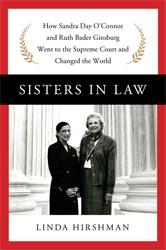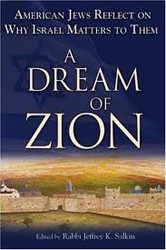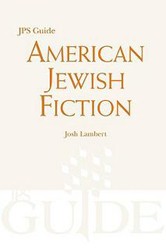Graced by its cover, an oil portrait of winsome self-assured Rebecca Gratz, by Thomas Sully in 1831, this exhibition catalog-cum-textbook is finely presented, with thirteen expository essays by scholars, historians, and leading figures in academic arts and humanities. Based on the personal collection of Mr. Leonard L. Milberg, Class of 1953, it combines his present collection of early American Judaica with materials in the Princeton library’s Leonard L. Milberg Collection of Jewish American Writers.
The opening essay is by Dr. Jonathan D. Sarna, responsible for many pioneering studies of antebellum American Jewish culture. In 2005, he won the Jewish Book Council’s Jewish Book of the Year award. In his concluding essay, he reminds readers that in the late 1840s, Jews were less than one percent of the American population.
Nevertheless, the educational heritage of the States, New England Puritans in particular, posited the new Israelites as essential to the non-sectarian majority. Jews provided a model for the evolving New World history, “a national calling of the Jews” to all Americans. In 1772, a Jewish convert joined the Yale University faculty (71 years after the University was founded) teaching its required course in Hebrew, “ a primitive tongue”, an illustration of a 1735 textbook advertisement. The section on colonial America outlines the shifting borders of the Sephardi population as it mingled with the American Protestant majority.
Yiddishists will be pleased by “The First Truly American Jew”, by Meir Soloveichik, which reproduces a letter to Holland, written by Jonas Phillips in 1776, describing events in Philadelphia. Written in Yiddish, it enclosed a copy of the Declaration of Independence, and judged undecipherable or in a colonist’s code. Brought to England, it languished in the Public Records office. Now it is in the National Archives in London. Jonas Phillips married Rebecca Mendes Machado, daughter of the rabbi at Congregation Shearith Israel in New York and he figures prominently in early Philadelphia/New York Jewish history.
Essayist Karla Goldman examines the ongoing efforts of refinement “….to adapt a traditional religious culture to the American environment.” She sees the American-Jewish press as seminal to both denominational institutions and congregations.
Chapters cover contributions to American Jewish history — the founding period, antebellum immigration, early American Judaism, the press, medicine, women writers, music, artists and leading figures, and subversives. The catalogue and addenda filled with portraits and documents exceed 100 pages in this unusual publication.
Related Content:
- Jews in America Reading List
- American Jewish Historical Figures Reading List
- Jonathan D. Sarna Reading List





